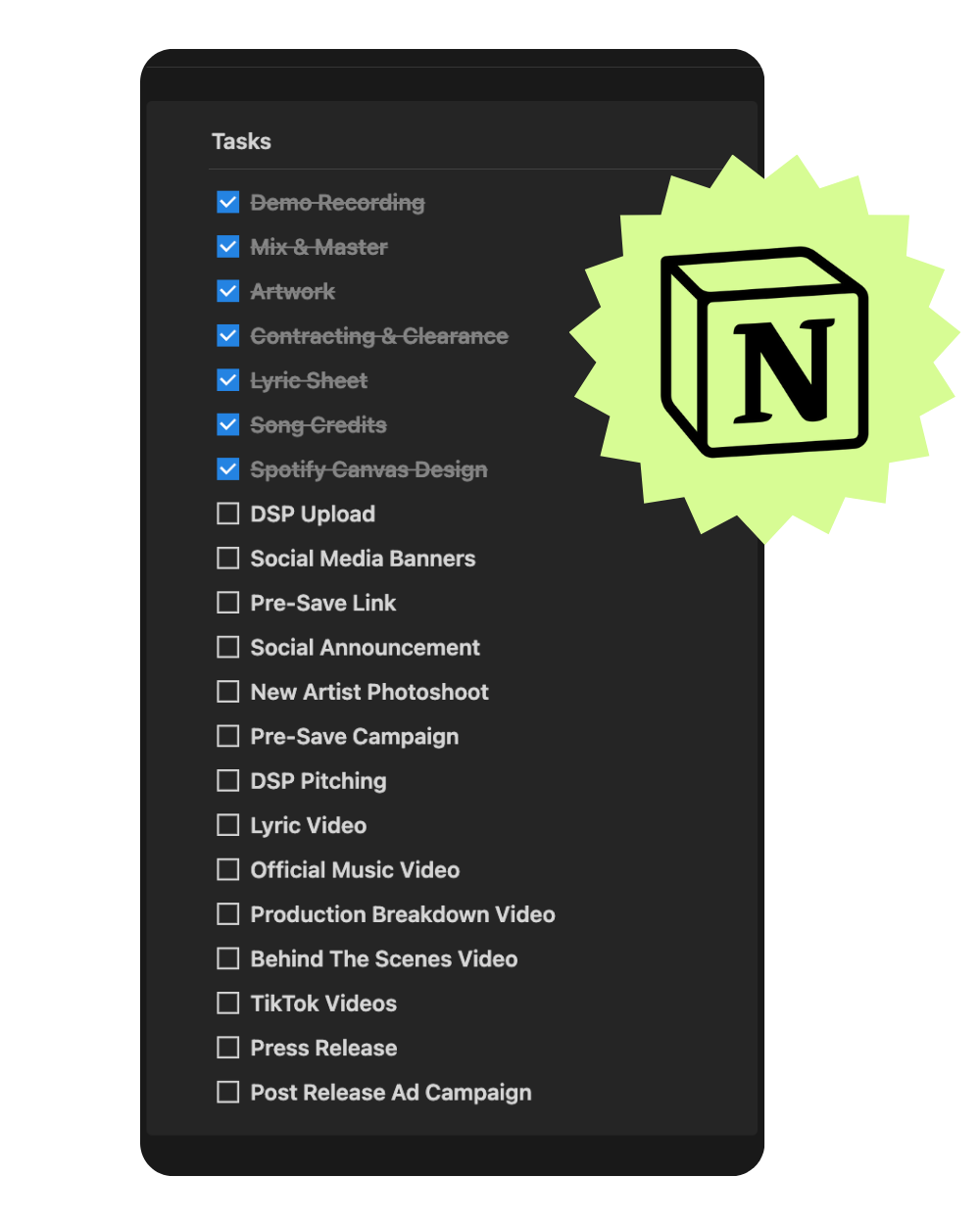Before embarking on the journey of selecting a marketing agency, it is crucial to have a clear understanding of your own goals and needs. This foundational step serves as the compass that will guide your decision-making process. Begin by identifying what you hope to achieve through the partnership.
Are you looking to increase brand awareness, drive more traffic to your website, or perhaps enhance your social media presence? Each of these objectives requires a different approach and expertise, so clarity at this stage is paramount. Moreover, it is essential to consider the specific challenges your business faces.
For instance, if your company struggles with lead generation, you may need an agency that specializes in inbound marketing strategies. Alternatively, if you are launching a new product, an agency with a strong background in product marketing could be more beneficial. By articulating your goals and challenges, you can create a targeted list of criteria that potential agencies must meet, ensuring that your selection process is both efficient and effective.
Key Takeaways
- Clearly define your goals and needs before seeking out an agency
- Research and shortlist potential agencies that align with your goals and needs
- Assess the experience and track record of each agency to ensure they can deliver results
- Evaluate the services and specializations offered by each agency to see if they match your requirements
- Consider your budget and pricing options before making a decision on which agency to work with
Researching Potential Agencies
Compiling a List of Candidates
Once you have a clear understanding of your goals and needs, the next step is to research potential agencies that align with those objectives. This phase involves gathering information from various sources to compile a list of candidates that could potentially meet your requirements.
Leveraging Online Resources
Start by leveraging online resources such as industry directories, social media platforms, and professional networks like LinkedIn. These platforms can provide insights into an agency’s reputation, client base, and areas of expertise.
Seeking Personal Referrals and Networking Opportunities
In addition to online research, consider seeking recommendations from peers or industry contacts who have previously worked with marketing agencies. Personal referrals can often lead you to agencies that may not be as visible online but have a proven track record of delivering results. Furthermore, attending industry conferences or networking events can provide opportunities to meet agency representatives in person, allowing for a more personal connection and deeper understanding of their capabilities.
Assessing Agency Experience and Track Record

After compiling a list of potential agencies, the next step is to assess their experience and track record. This evaluation should focus on the agency’s history, the types of clients they have worked with, and the results they have achieved. A well-established agency with a diverse portfolio may offer a wealth of knowledge and expertise that can be beneficial for your business.
Look for agencies that have experience in your specific industry or niche, as they will likely understand the unique challenges and opportunities you face. Additionally, it is important to examine case studies or examples of past work. Many agencies showcase their success stories on their websites, providing insights into their methodologies and the outcomes they have achieved for clients.
Pay attention to metrics such as increased website traffic, improved conversion rates, or enhanced brand visibility. These quantitative measures can help you gauge the effectiveness of an agency’s strategies and determine whether they align with your own goals.
Evaluating Agency Services and Specializations
| Agency Name | Specialization | Client Satisfaction Rate | Number of Years in Business |
|---|---|---|---|
| ABC Marketing | Digital Marketing | 92% | 8 years |
| XYZ Advertising | Print Advertising | 85% | 12 years |
| 123 Design Agency | Graphic Design | 88% | 5 years |
As you narrow down your list of potential agencies, it is essential to evaluate the specific services they offer and their areas of specialization. Marketing agencies can vary significantly in terms of their capabilities; some may focus primarily on digital marketing, while others may offer a broader range of services that include traditional marketing methods. Consider what services are most relevant to your needs—whether it be search engine optimization (SEO), content marketing, social media management, or pay-per-click advertising.
Furthermore, take note of any unique specializations that may set an agency apart from its competitors. For example, an agency that specializes in data analytics may provide valuable insights into consumer behavior that can inform your marketing strategies. Alternatively, an agency with a strong creative team may excel in developing compelling visual content that resonates with your target audience.
By aligning the agency’s services with your specific needs, you can ensure that you are selecting a partner capable of delivering the results you seek.
Considering Budget and Pricing
Budget considerations play a critical role in the selection process when choosing a marketing agency. It is essential to establish a clear budget before engaging with potential partners to avoid any misunderstandings later on. Marketing services can vary widely in cost depending on factors such as the agency’s size, reputation, and the complexity of the services offered.
Some agencies may charge hourly rates, while others may offer fixed packages or retainer agreements. When evaluating pricing structures, it is important to consider not only the cost but also the value being provided. A lower-priced agency may seem appealing at first glance; however, if they lack experience or deliver subpar results, the long-term costs could outweigh any initial savings.
Conversely, investing in a reputable agency with a proven track record may yield higher returns on investment over time. Therefore, it is crucial to weigh the potential benefits against the costs when making your decision.
Reviewing Client Testimonials and Case Studies

Understanding Client Testimonials
Client testimonials offer valuable insights into an agency’s credibility and effectiveness. These firsthand accounts from previous clients provide information about their experiences working with the agency, including communication, responsiveness, and overall satisfaction. Look for testimonials that highlight specific results achieved through the agency’s efforts, as these can provide concrete evidence of their capabilities.
The Value of Case Studies
Case studies are particularly useful for understanding how an agency approaches challenges similar to those faced by your business. A well-documented case study outlines the client’s objectives, the strategies implemented by the agency, and the measurable outcomes achieved. By reviewing these examples, you can gain a deeper understanding of how the agency operates and whether their approach aligns with your expectations.
Gathering Nuanced Feedback
In addition to reviewing testimonials and case studies, consider reaching out to past clients for informal conversations to gather more nuanced feedback about their experiences. This can provide a more comprehensive understanding of an agency’s credibility and effectiveness.
Meeting with Agency Representatives
Once you have narrowed down your list of potential agencies based on research and evaluations, it is time to meet with agency representatives. This step is crucial for establishing rapport and assessing whether there is a cultural fit between your organization and the agency. During these meetings, prepare a list of questions that address your specific goals and concerns.
Inquire about their approach to strategy development, communication practices, and how they measure success. Moreover, pay attention to how well the agency representatives listen to your needs and respond to your inquiries. A good agency will take the time to understand your business thoroughly and demonstrate genuine interest in helping you achieve your goals.
This interaction can also provide insights into their level of professionalism and commitment to client relationships—factors that are essential for a successful partnership.
Negotiating Terms and Contracts
After selecting an agency that aligns with your goals and values, the final step involves negotiating terms and contracts. This phase is critical for ensuring that both parties have a clear understanding of expectations and deliverables. Begin by discussing key elements such as project timelines, communication protocols, reporting structures, and payment terms.
It is essential to establish mutual agreement on these aspects to avoid any potential misunderstandings down the line. Additionally, consider including performance metrics in the contract that outline how success will be measured throughout the partnership. This could involve setting specific targets related to website traffic growth or lead generation rates.
By defining these metrics upfront, both parties can hold each other accountable for achieving desired outcomes. Finally, ensure that there is flexibility built into the contract to accommodate any changes in strategy or scope as your business evolves over time. In conclusion, selecting the right marketing agency requires careful consideration at every stage of the process—from understanding your own goals to negotiating terms and contracts.
By following these steps diligently and thoughtfully, you can forge a partnership that not only meets your immediate needs but also supports your long-term growth objectives.
When choosing a marketing agency for music, it is important to consider various factors such as experience, track record, and industry connections. One helpful resource to explore is the article “Hello World: A Beginner’s Guide to Music Marketing” which provides valuable insights for those new to the music industry. This article can be found at https://musicmarketing.blog/hello-world/. It offers tips and strategies for effectively promoting music and building a strong online presence. By combining the information from this article with key considerations for selecting a marketing agency, musicians can make informed decisions to enhance their music marketing efforts.
FAQs
What are the key considerations when choosing a marketing agency for music?
Some key considerations when choosing a marketing agency for music include the agency’s experience in the music industry, their track record of successful campaigns, their understanding of your target audience, their ability to create a comprehensive marketing strategy, and their communication and collaboration style.
Why is experience in the music industry important for a marketing agency?
Experience in the music industry is important for a marketing agency because it demonstrates their understanding of the unique challenges and opportunities within the industry. An agency with music industry experience is more likely to have established relationships with key players and have a better understanding of the target audience.
What should I look for in a marketing agency’s track record of successful campaigns?
When evaluating a marketing agency’s track record of successful campaigns, look for examples of campaigns that have achieved tangible results such as increased sales, streaming numbers, or social media engagement. It’s also important to consider the diversity of their successful campaigns and whether they have experience working with artists or genres similar to yours.
How important is the marketing agency’s understanding of my target audience?
The marketing agency’s understanding of your target audience is crucial as it directly impacts the effectiveness of their marketing strategies. An agency that understands your target audience can create tailored campaigns that resonate with your fans and potential fans, leading to better results.
Why is it important for a marketing agency to create a comprehensive marketing strategy?
A comprehensive marketing strategy is important because it ensures that all aspects of your music marketing are aligned and working towards the same goals. This includes digital marketing, social media, PR, influencer partnerships, and more. A well-rounded strategy increases the likelihood of success.
What role does communication and collaboration style play in choosing a marketing agency?
Communication and collaboration style are important factors to consider when choosing a marketing agency because they impact the working relationship. A good fit in communication and collaboration style can lead to a more productive and successful partnership.




























